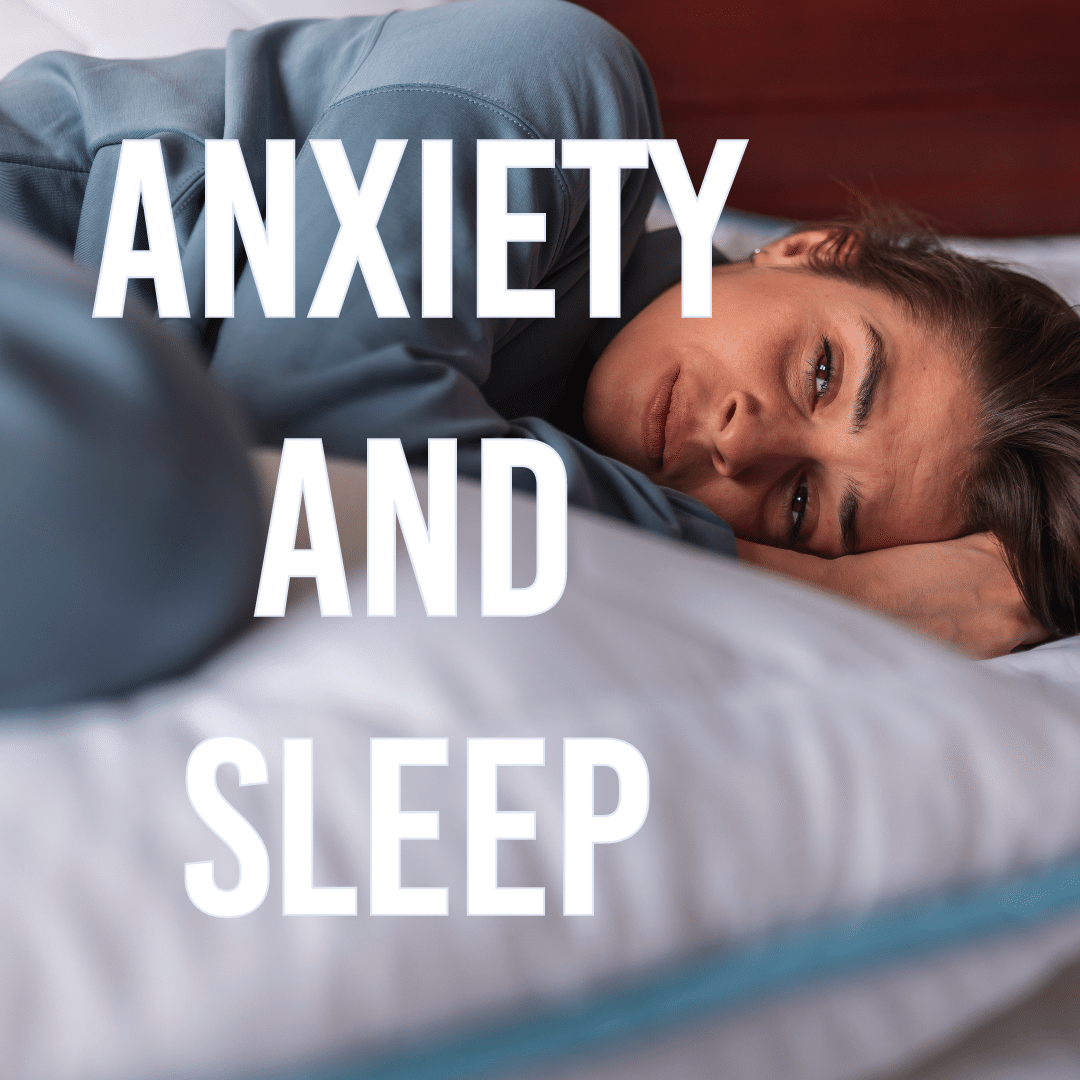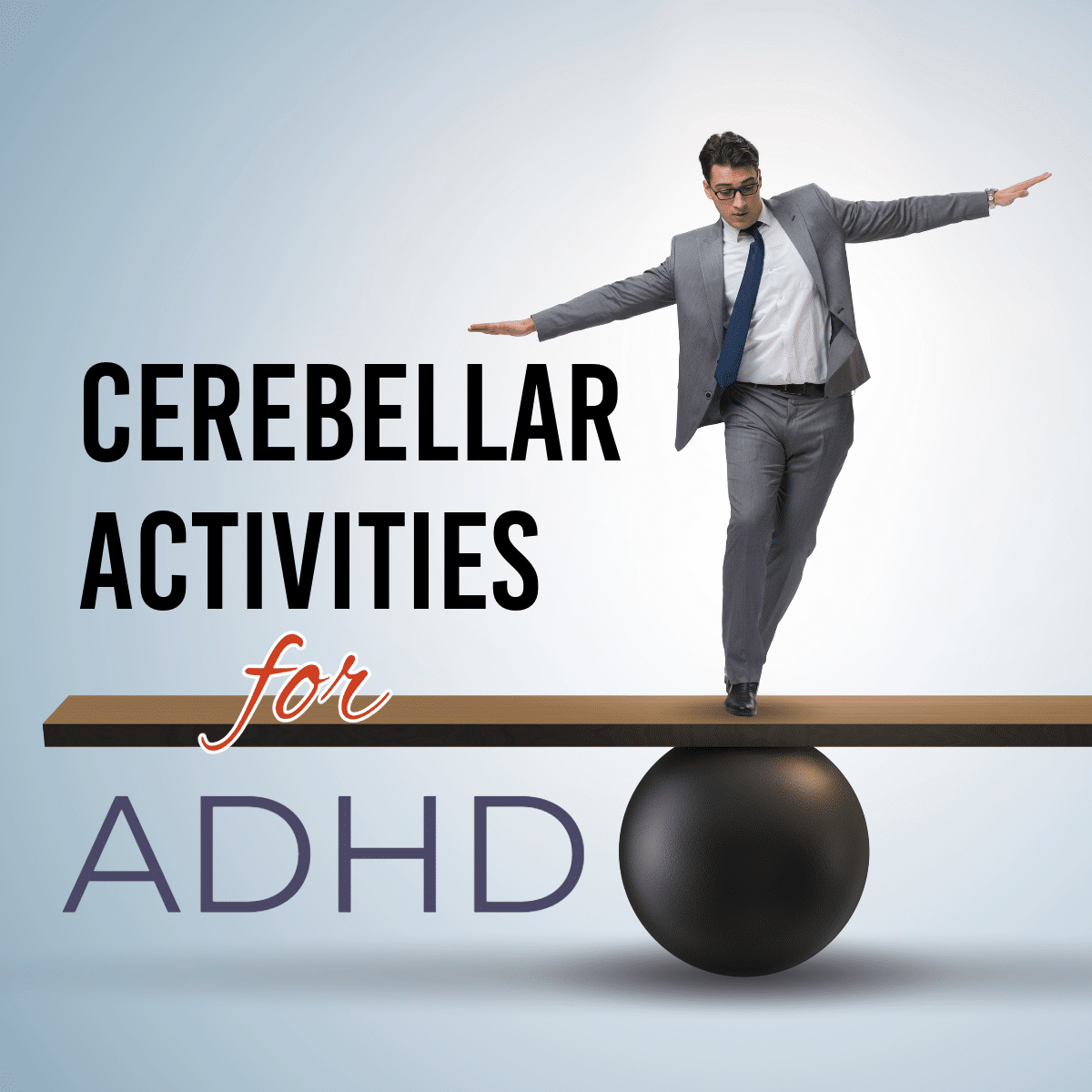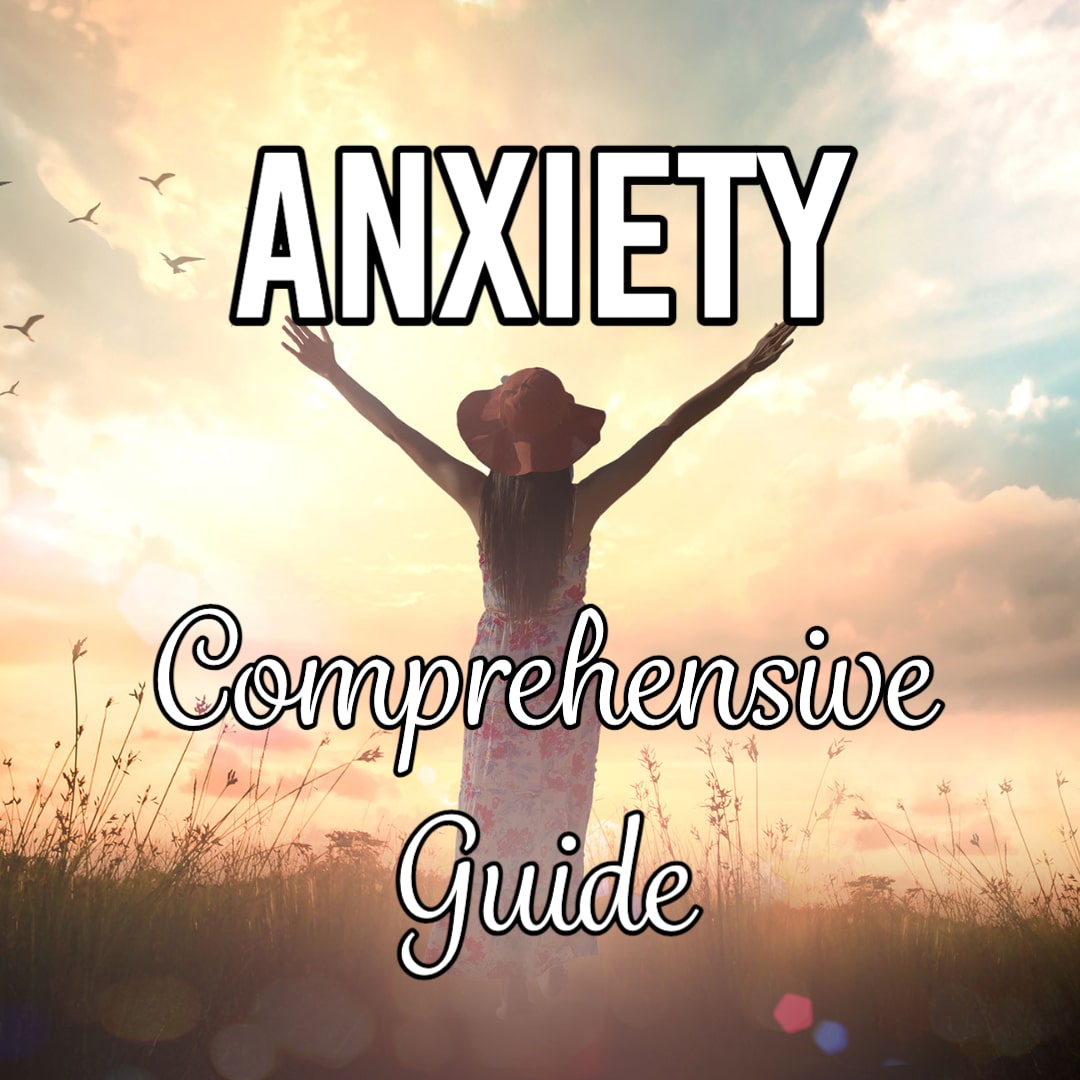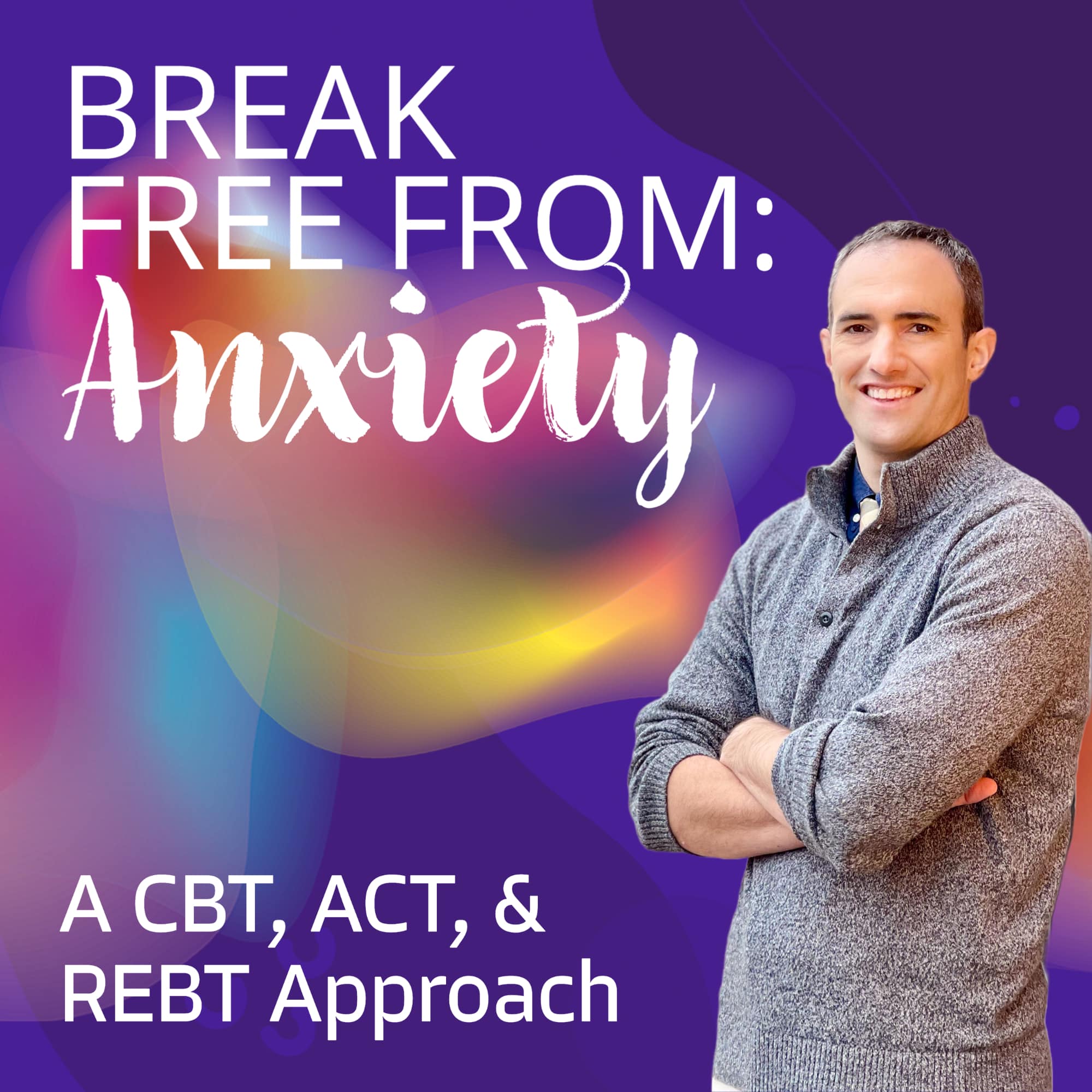Comorbid psychiatric conditions are common and pose a unique challenge in accurate diagnosis and treatment selection. The combination of ADHD and Substance Use Disorder (SUD) is one such case. It is estimated that approximately 23% of adults with SUD also have ADHD (van Emmerik-van Oortmerssen K, et al., 2012). There is also evidence to suggest a relationship between childhood ADHD and an increased likelihood to develop SUD or cigarette smoking (Charach A, et al., 2011). There are several overlapping symptoms in the presentation of both SUD and ADHD. For example, drug intoxication or withdrawal may resemble symptoms of ADHD, including neuropsychological deficits or hyperactivity. In some contexts, certain SUD “traits” such as impulsivity can also be misinterpreted as ADHD. Other diagnostic challenges include the presence of other comorbidities, especially anxiety and disruptive disorders, questionable reliability of retrospective self-report, and possible concerns of drug-seeking behavior.
Choosing a medication regimen for patients with concurrent ADHD and SUD can be difficult, especially due to concerns about the recreational use of stimulants. Six double-blind RCTs showed mixed results in regards to treatment in patients with ADHD who also abuse substances. Overall, there was no improvement in SUD, but two studies suggested some benefit in reducing certain measures of ADHD symptoms with medication. One study did show improvement in both ADHD and SUD symptoms on high-dose mixed amphetamine salts XR (Levin, et al., 2015). Another study showed a reduction in both ADHD symptoms and substance use in a population of incarcerated male patients (Konstenius et al., 2014).
Stimulant misuse and diversion is an area of concern that is worthy of consideration. A meta-analysis of 22 studies showed that the overwhelming majority of stimulant misuse is in college students, and about 65-85% of those are obtaining those stimulants from their friends, rather than physicians. Typically, these students are motivated to use stimulants to enhance concentration more so than for getting “high.” Misusers of stimulants tend to use more immediate- vs extended-release preparations. Among these misusers of stimulants, there are high rates of full or subthreshold SUD; however there are also high rates of ADHD and executive dysfunction (Wilens et al., 2016).
Psychotherapy plays an important role in treating ADHD patients, including those who are dual diagnosed. One large meta-analysis showed significant improvement of ADHD symptoms in patients treated with cognitive-behavioral therapy (CBT) compared to those treated with supportive therapy (Solanto et al., 2010). Another meta-analysis examined the role of CBT in patients already being treated with medication. These studies also showed significant improvement with CBT compared to a control group (Safren et al., 2010). A study by Sprich et al. at Massachusetts General Hospital demonstrated a significant reduction in ADHD symptoms with CBH in medication-treated adolescents. Another study suggested that group DBT may be more effective than individual after 1 year of therapy, although both groups had improved significantly (Phiilpsen A et al., 2015).
Sprich et al. also found CBT to be quite effective in improving ADHD severity in medication-treated adolescents with persistent symptoms. This study used a module-based, 12-session design to address different facets of ADHD symptomatology. These modules focus on practical skills and techniques to improve the patients’ quality of life. For example, the sessions on distractibility involve teaching the “distractibility delay” technique, which can help patients curb distractions by writing them down and later revisiting them. Other modules include sessions on Psychoeducation and Organization/Planning, Distractibility, Adaptive Thinking, Procrastination, Parent-Adolescent Sessions, Relapse prevention, and two optional parent-only sessions. This study provides a framework for the application of CBT as an adjunct to pharmacotherapy.

 Bruce Bassi
Bruce Bassi





